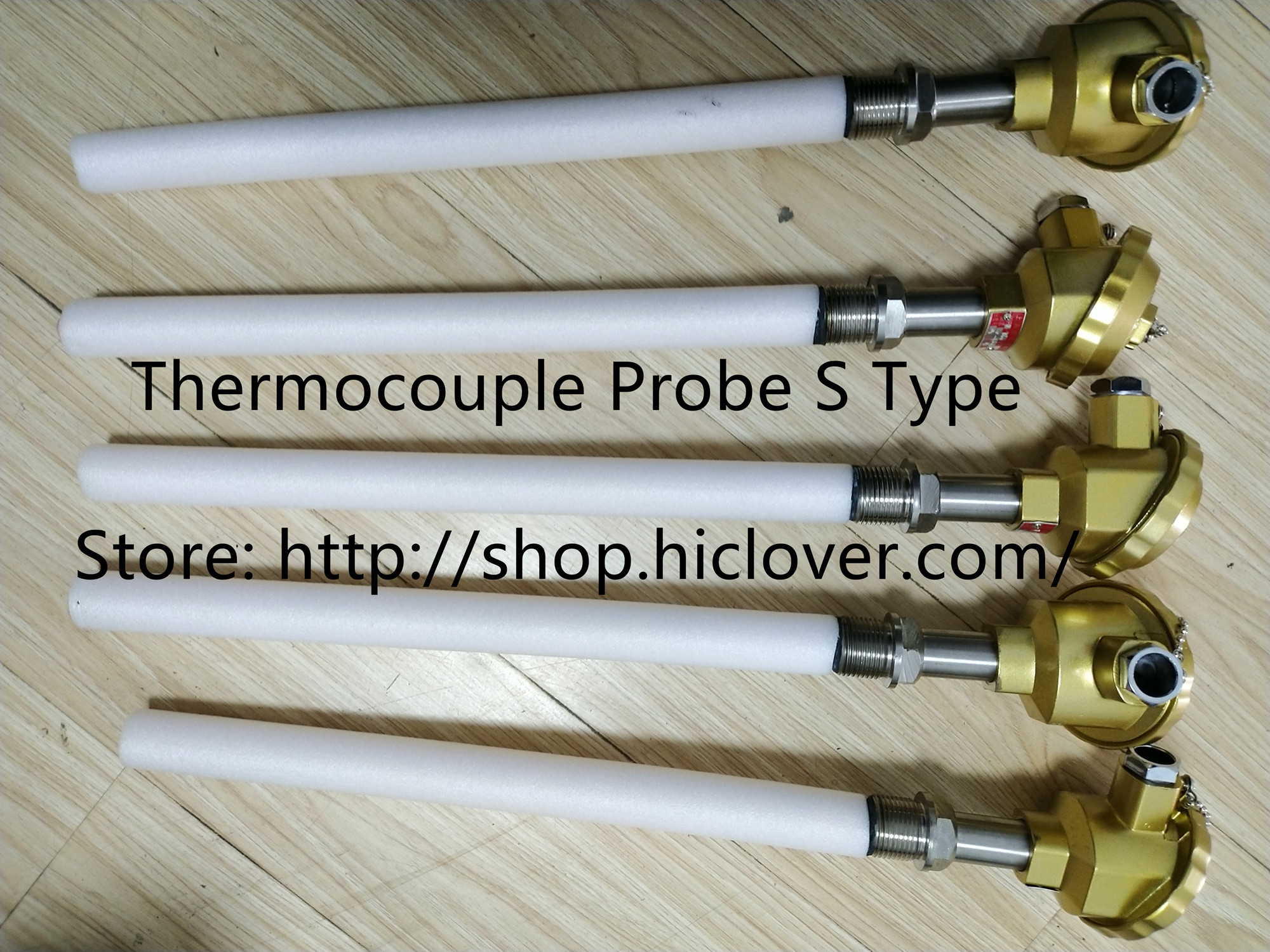Creating a Customized Incinerator Checklist for Your Specific Facility Needs
Incinerators are an important part of waste management for many facilities, but it’s important to make sure your incinerator meets the specific needs of your facility. One way to ensure this is by creating a customized incinerator checklist that takes into account the unique requirements of your facility. This checklist can help you maintain your incinerator and ensure it performs effectively and safely.
Here are some steps for creating a customized incinerator checklist for your specific facility needs:
1. Evaluate your facility’s waste management needs:
The first step in creating a customized incinerator checklist is to evaluate your facility’s waste management needs. This includes considering the types and volumes of waste generated, the specific materials that need to be incinerated, and any regulatory requirements that need to be met.
2. Identify specific requirements for your incinerator:
Once you have a clear understanding of your facility’s waste management needs, you can identify the specific requirements for your incinerator. This may include the size and capacity of the incinerator, the type of waste it can handle, and any additional features or technologies that are needed.
3. Consult with incinerator manufacturers and experts:
To create a comprehensive checklist, it’s important to consult with incinerator manufacturers and experts. They can provide valuable insights and recommendations based on their expertise and experience. This can help you identify key maintenance and safety requirements for your specific incinerator.
4. Establish a regular maintenance schedule:
Regular maintenance is crucial for ensuring the safe and efficient operation of your incinerator. Your customized checklist should include a detailed schedule for routine maintenance tasks, such as inspections, cleaning, and parts replacement. This will help prevent breakdowns and ensure your incinerator continues to function at its best.
5. Include safety protocols and procedures:
Safety should be a top priority when it comes to operating an incinerator. Your checklist should include safety protocols and procedures to ensure that your staff are aware of the risks and how to mitigate them. This could include training requirements, emergency response plans, and regular safety audits.
6. Update the checklist regularly:
Finally, it’s important to update your customized incinerator checklist regularly. As your facility’s needs evolve and as new technologies and best practices emerge, your checklist should be adjusted to reflect these changes. Regular updates will ensure that your incinerator continues to meet your facility’s specific needs.
In conclusion, creating a customized incinerator checklist for your specific facility needs is essential for maintaining the safe and efficient operation of your incinerator. By evaluating your facility’s waste management needs, identifying specific requirements for your incinerator, consulting with experts, establishing a regular maintenance schedule, including safety protocols, and updating the checklist regularly, you can ensure that your incinerator meets the unique needs of your facility. This will help you effectively manage waste while complying with regulations and maintaining a safe workplace.



